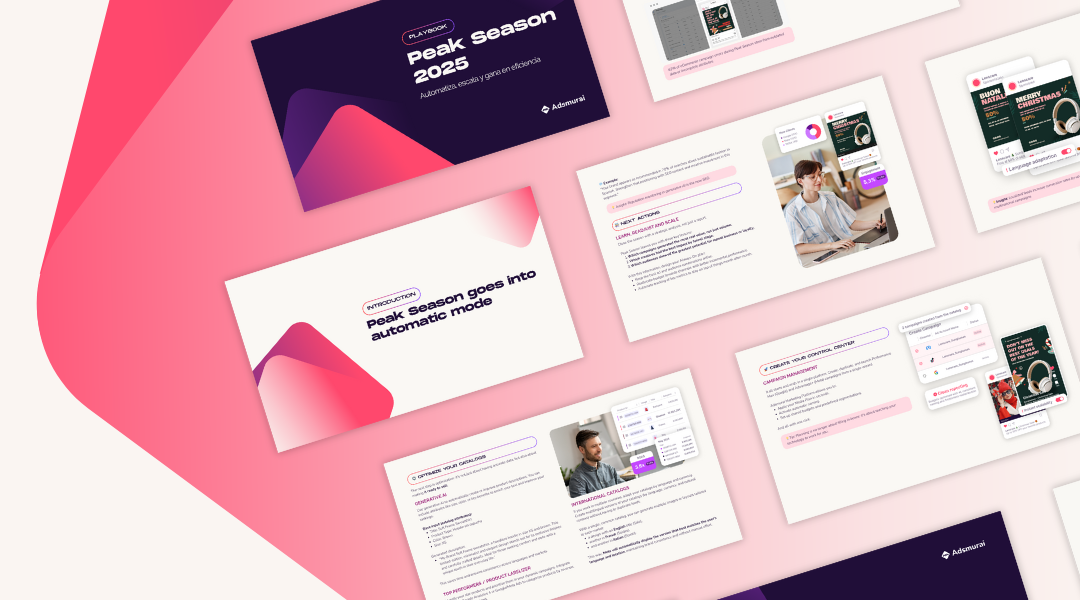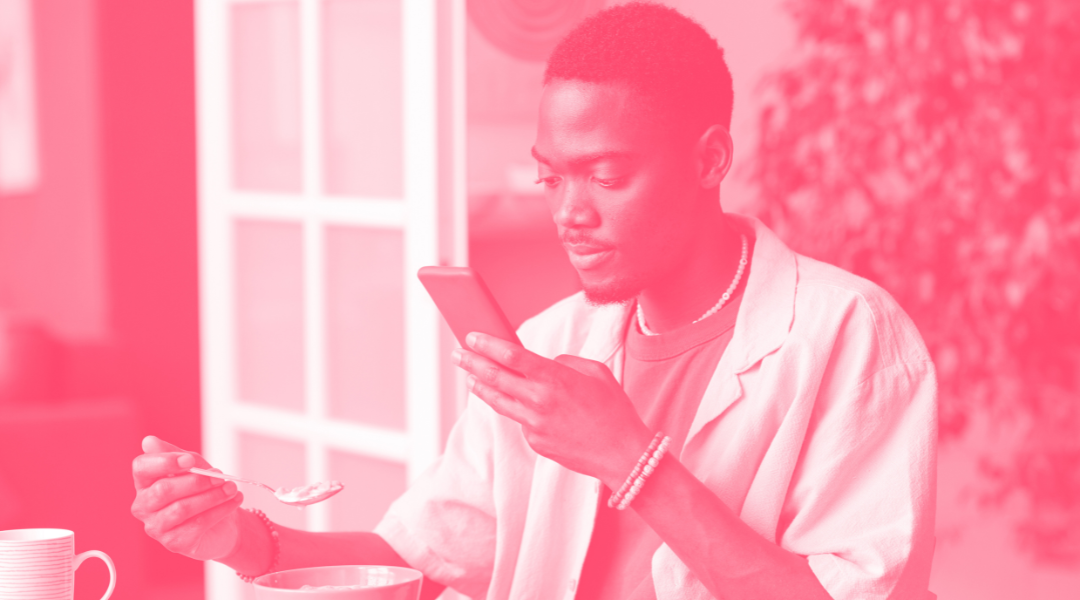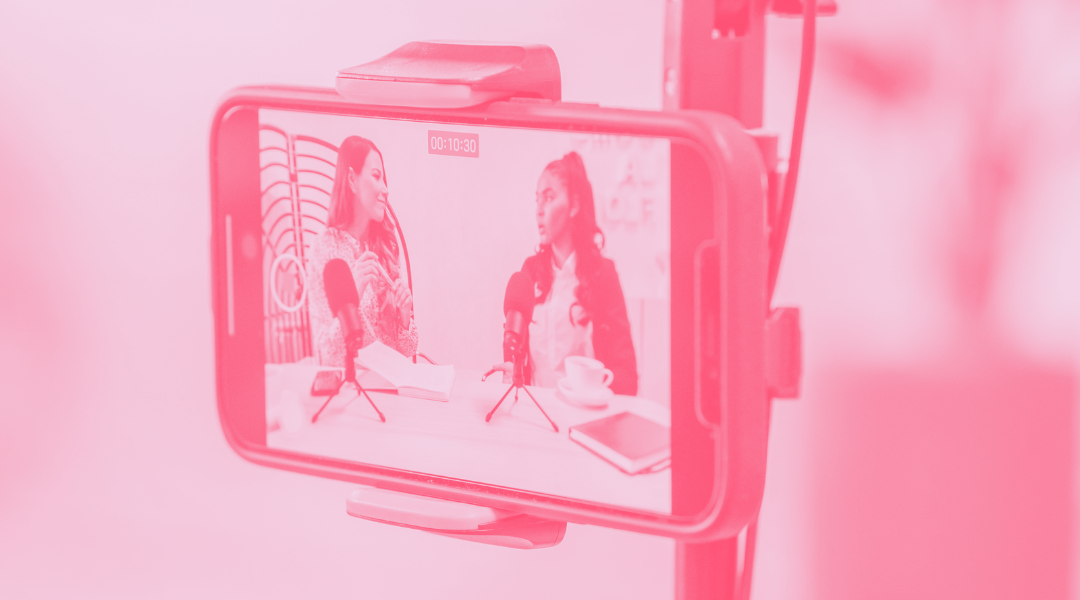Navigating the universe of YouTube Audio Ads
With more than one billion users and an unprecedented global reach, YouTube has established itself in the digital advertising landscape. YouTube has...
Plan, activate and control media to hit targets with precision.
Turn data into smart decisions with advanced analytics and modeling.
Efficiency, governance and scale for agencies and teams.

[Ebook] How to plan for an unstoppable peak season
Master high seasons with strategy, data, and automation. Discover how to optimize your campaigns during peak demand periods with strategies based on market analysis and consumer behavior.
Discover more
For more than a decade, social media strategies have relied on a mantra repeated ad nauseam: always be present.
The reasoning seemed logical: if you posted every day, your brand stayed top of mind, the algorithm “rewarded” you, and engagement came naturally. This is how Always On was born, the tactic of filling editorial calendars with constant, carefully planned, and meticulously distributed content.
And for a while, it worked. Brands that applied Always On gained visibility, built communities, and measured success by the number of posts, reach, and frequency. But times change—and in social media, they change at lightning speed.
Today, the average user faces hundreds of stimuli a day. Open TikTok or Instagram and their feed is a festival of brands, influencers, and ads all competing for a fraction of attention. In this scenario, consistency guarantees nothing. What used to be “maintaining presence” can now turn into noise, irrelevant content that goes unnoticed.
In this context, many brands have realized that posting more doesn’t mean being more relevant. And this is where a new paradigm comes into play: Always Drop.
TABLE OF CONTENTS
Always On was built on a simple idea: whenever the user opened the app, you’d be there. Marketing teams became obsessed with editorial calendars, regularity, and covering every possible format. It was an almost industrial model: produce, schedule, repeat.
Always Drop, on the other hand, takes a radically different approach: it doesn’t matter how often you show up, what matters is when and how you do it.
Here, it’s not about filling slots in the schedule, but about designing special, unexpected moments that spark anticipation and conversation.
You could say Always On is like a gym routine: repetitive, constant, predictable. Always Drop, however, is like a surprise concert from your favorite artist: something unexpected, intensely experienced, and remembered much longer.
The strength of this strategy lies in scarcity and exclusivity. You don’t need to show up every day in the feed to stay relevant—just create the right moments and amplify them intelligently.
The shift to Always Drop has several strong reasons behind it:
In this new landscape, what used to be a routine editorial calendar must now transform into a map of moments. Brands that can coordinate these moments and measure their impact have a clear competitive edge.

This change can’t be understood without talking about TikTok and Instagram Reels.
According to TikTok Business, short videos work because they match how users consume today: with limited attention, seeking entertainment and authenticity.
This is where Always Drop fits perfectly: using short video not to fill the schedule, but to trigger peaks of relevance that generate conversation and organic amplification.

Always Drop is not improvisation: behind it there is planning, coordination, and data measurement.
.png?width=831&height=697&name=Group%20483889%20(1).png)
In other words, creativity is the visible face of Always Drop, but technology is the invisible machine that makes it possible. Without that foundation, drops risk being fireworks; with it, they become levers of sustainable growth.
Always On is no longer enough. In a context where scrolling is infinite, the strategy is not about always being there, but about being there when it matters.
Always Drop turns every action of your brand into a special moment that users anticipate, comment on, and share.
It’s not about posting more, but about posting better.
TikTok and Instagram have already shown us that a 15-second video can be more powerful than an entire editorial calendar. Now, the key is how you design your next drop—and which tools you use to make it scalable, measurable, and memorable.
The question is: are you ready to make your next campaign a drop no one wants to miss?

With more than one billion users and an unprecedented global reach, YouTube has established itself in the digital advertising landscape. YouTube has...

With the rapidly advancing internet, uploading videos on social media as a part of your digital marketing strategy has gained widespread momentum. A...
![Social Media Ad Specs Guide [Updated]](https://www.adsmurai.com/hubfs/2022_Adsmurai/2022_Resources/Web_Blog_%20Header.jpg)
It's a question that always comes up with every new brief that receives the creative agency, the client or the account that is going to launch the...